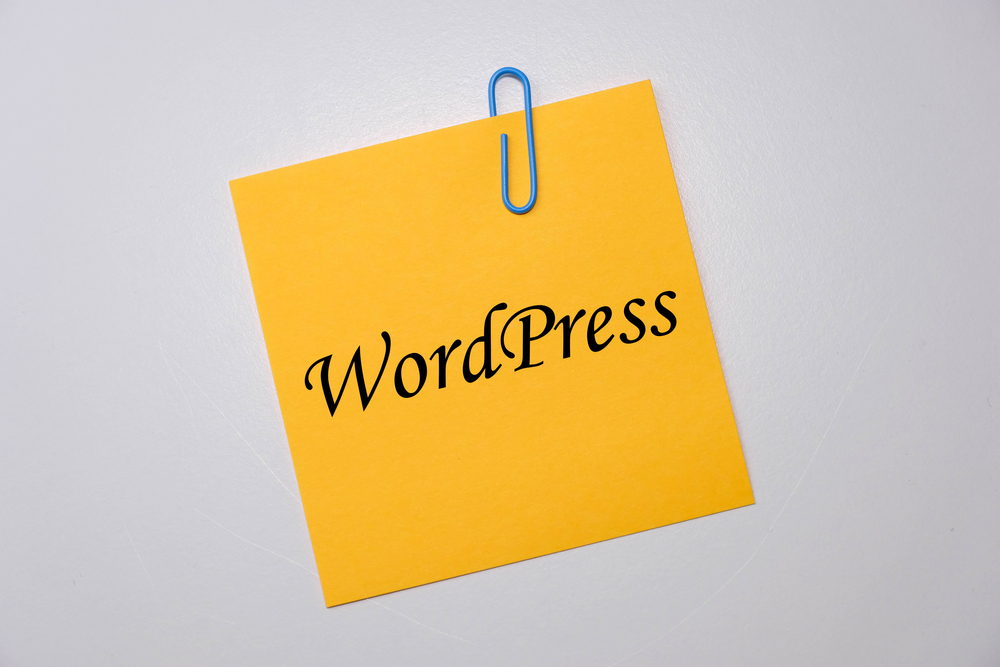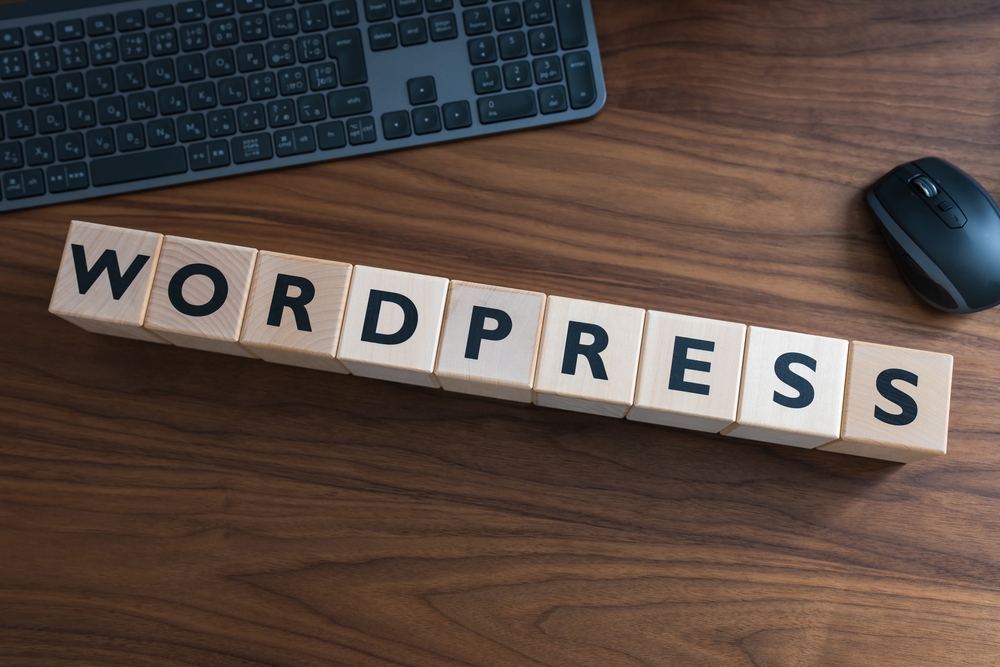
WordPress Website Customization & Maintenance: Expert Tips for Effortless Management

WordPress is a powerful content management system (CMS) that allows individuals and businesses alike to create and manage their websites with ease. With its user-friendly interface and extensive plugin ecosystem, WordPress (the blogging platform) has become the go-to platform for website customization and maintenance. In this article, we will explore expert tips to help you effortlessly manage your WordPress (WP) website, ensuring its success and longevity.
1. Choose the Right Theme
The first step in customizing your WordPress (the platform for bloggers) website is selecting the right theme. A theme determines the overall design, layout, and functionality of your website. There are thousands of free and premium themes available, each catering to different industries and preferences.
To choose the right theme for your website, consider the following:
- Design: Does the theme align with your branding and aesthetic preferences?
- Responsiveness: Is the theme mobile-friendly and optimized for different screen sizes?
- Features: Does the theme offer the necessary features and functionality you require?
- Support: Is the theme regularly updated and supported by its developers?
By carefully evaluating these aspects, you can find a theme that best suits your needs and provides a solid foundation for your website.
2. Customize Your Website's Appearance
Once you have chosen a theme, it's time to customize its appearance to align with your brand identity. WordPress (or WP) offers a range of customization options through its built-in Customizer tool.
To access the Customizer, navigate to "Appearance" > "Customize" in your WordPress dashboard. Here, you can make changes to various elements of your website, including:
- Colors: Modify the color scheme to match your brand colors
- Typography: Choose and customize fonts for your website's text
- Header and Footer: Customize the header and footer sections of your website
- Menus: Create and edit menus for easy navigation
- Widgets: Add and rearrange widgets in your website's sidebar and footer
With these customization options, you can create a visually appealing and unique website that sets you apart from the competition.
3. Optimize Your Website's Performance
Website speed and performance play a crucial role in user experience and search engine rankings. Optimizing your WordPress website for performance can help improve page loading times and overall site responsiveness.
To optimize your website's performance, consider the following tips:
- Enable caching: Utilize a caching plugin to serve static, cached versions of your website's pages
- Optimize images: Compress and resize images before uploading them to your website
- Minify CSS and JavaScript: Remove unnecessary characters and spaces from your code files to reduce their size
- Remove unused plugins and themes: Deactivate and delete any unnecessary plugins and themes from your website
- Choose a reliable hosting provider: A reliable hosting provider with robust server infrastructure can significantly improve your website's performance
By implementing these optimizations, your WordPress website will deliver faster and smoother browsing experiences for your visitors.
4. Regularly Update Your WordPress Website
Regularly updating your WordPress website is critical for its security, functionality, and overall performance. New versions of WordPress, themes, and plugins are released frequently, often addressing security vulnerabilities and introducing new features.
To keep your WordPress website up to date, follow these steps:
Regular updates not only enhance your website's security but also ensure that you can take advantage of the latest features and improvements offered by WordPress and its associated plugins.
5. Utilize WordPress Plugins
One of the greatest advantages of using WordPress is its extensive plugin ecosystem. Plugins are additional pieces of software that can be easily installed and activated to extend your website's functionality.
To enhance your WordPress website's capabilities, consider the following popular plugins:
- Yoast SEO: Optimize your website for search engines and improve your organic rankings
- WooCommerce: Transform your website into a fully functional online store
- Contact Form 7: Add customizable contact forms to allow visitors to get in touch
- WP Rocket: Improve website performance with caching and optimization features
- Wordfence Security: Safeguard your website against malware, hacking attempts, and other security threats
By carefully selecting and installing the right plugins for your website, you can enhance its functionality and provide a better user experience for your visitors.
Frequently Asked Questions:
Q1: How can I choose the best WordPress theme for my website?
A1: When selecting a WordPress theme, consider factors such as design, responsiveness, features, and support. Ensure that the theme aligns with your branding and offers the necessary functionality.
Q2: How can I improve my WordPress website's performance?
A2: To improve your WordPress website's performance, enable caching, optimize images and code, remove unused plugins and themes, and choose a reliable hosting provider.
Q3: Why is it important to update WordPress, themes, and plugins regularly?
A3: Regular updates ensure security, functionality, and compatibility with the latest version of WordPress. Updates often address security vulnerabilities and introduce new features.
Q4: How do I update my WordPress website?
A4: To update your WordPress website, backup your files and database, update WordPress, update themes and plugins, and verify compatibility with the latest version of WordPress.
Q5: What are some essential WordPress plugins?
A5: Some essential WordPress plugins include Yoast SEO, WooCommerce, Contact Form 7, WP Rocket, and Wordfence Security. These plugins enhance SEO, create online stores, add contact forms, optimize performance, and improve security, respectively.
Other useful resources
- https://www.wordpress24plus.com/topics/wordpress-tips-and-tricks/
- https://www.wordpress24plus.com/wordpress-tools-directory/wordpress-themes/